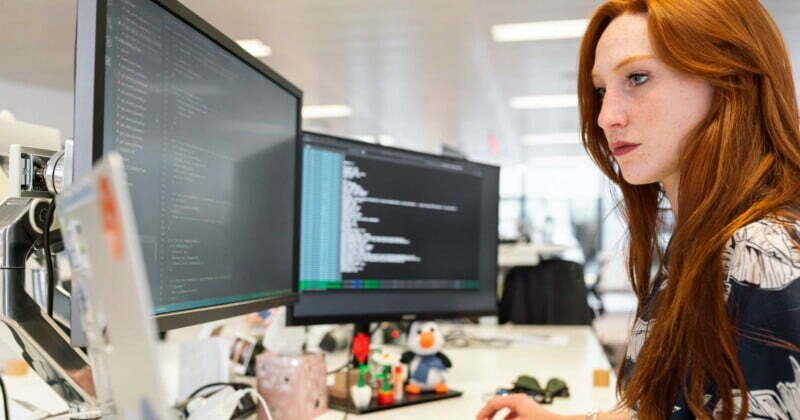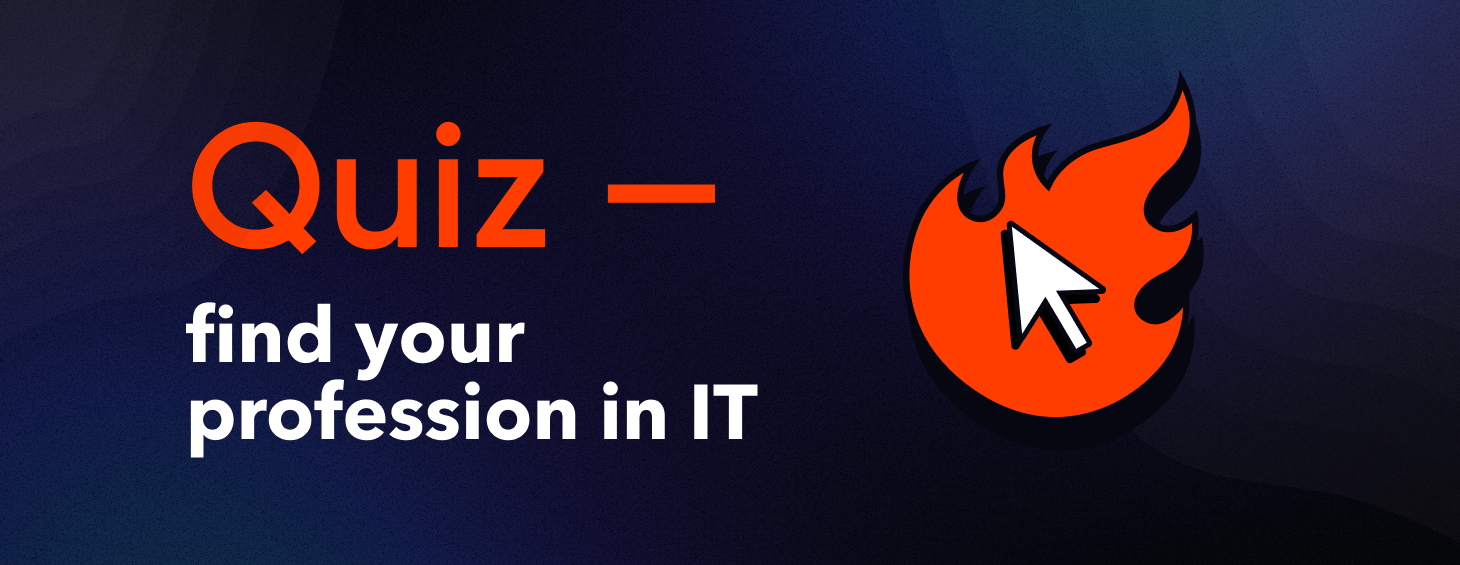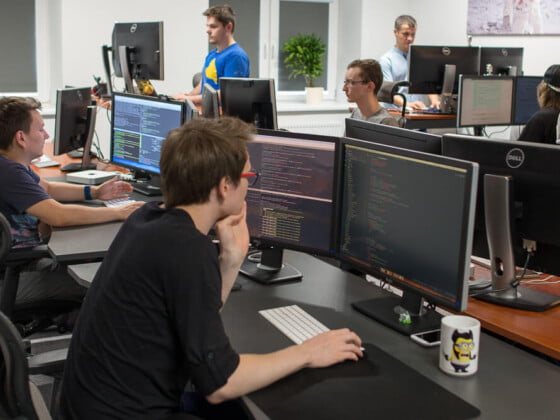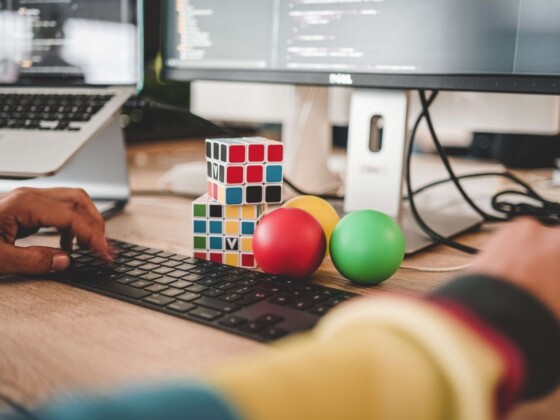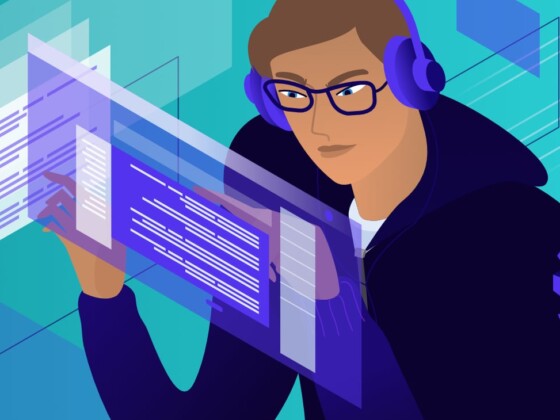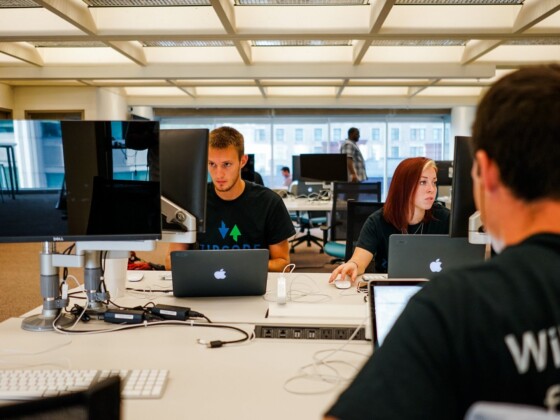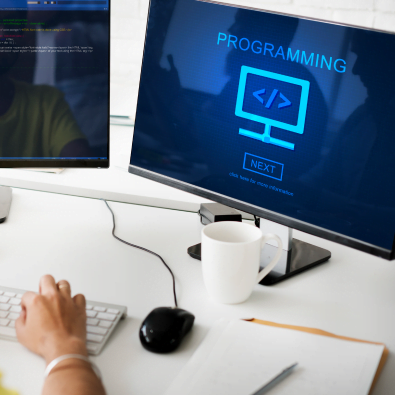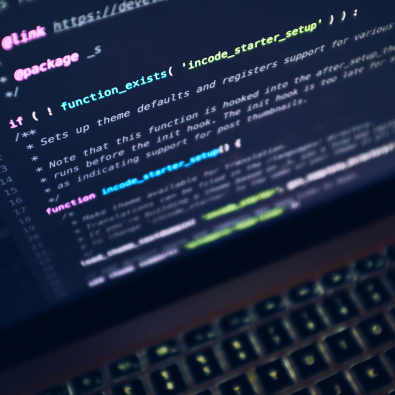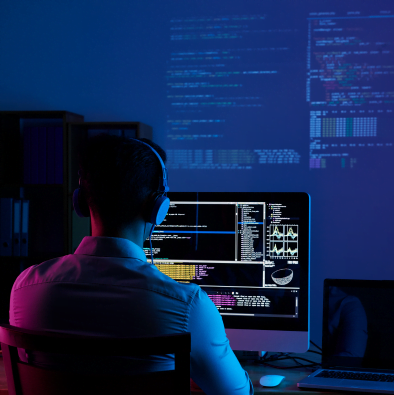Bias makes it challenging for the contemporary community to agree that women and coding is a beneficial combination. The overall disrespectful behavioral model that lets men discriminate against women results in sexism and sexual harassment at work in the tech environment too. However, people have yet to acknowledge just how much their daily computing options depend on women learning to code.
Women in tech
In the United States the IT industry is dominated by men, which reflects the situation in other leading countries too. The issue is that society still views the tech field as something created for men specifically, although history knows numerous ladies with remarkable and irreplaceable contributions to computer sciences. In addition, the female representation percentage in the industry does not have a positive dynamic and has remained between 20% and 25% for ages. According to surveys, employers have a conscious demand for male workers, which does not allow HR teams to pay attention to female candidates as much as they deserve.
Discrimination intersects with various aspects of human relations in programming as well. For example, while only 26% of science-related jobs are occupied by women, only 5% of them come from ethnic minorities like Asian, Black, and Latino populations. The Women Who Code Community offers its own statistics, claiming that 50% of women in the tech industry are engineers, 8% are executives, 7% are managers, 5% are data scientists, 4% are designers, and 26% occupy other roles in code.
Salaries
Even though the IT industry is one of the most promising on the planet, it cannot guarantee talented females a just salary. According to the statistics, women are not satisfied with their income even while working in a leading professional sphere. For example, about 82% of women report dissatisfaction with their profit outcomes, wanting to receive a higher salary, which would correspond with the amount of energy they sacrifice. The latter makes it harder for women to enjoy the same salary as men until they ultimately have to leave the field and invest their time and money in other activities, like child care, housekeeping, and the rest.
IT leaders have to revise their attitude to female workers, who still struggle due to widespread stereotypes and social standards. One Californian example shows how discrimination can be so natural that IT females do not realize their losses themselves. Valerie Phoenix recalls the time when she learned about the fact that she could have been earning 120,000 dollars, instead of her 90,000 salary, which has been previously looking to her like a generous offer. 62% of women who code confirm that they prioritize work-life balance above any other potential benefits, and 43% of them would choose a remote job instead of the office routine even if it prevents them from earning more.
Famous women who code
Margaret Hamilton
When Margaret Hamilton started making her first career steps in IT, she was only twenty-four years old. Back then, in the 1960s, it was a dream career for women to become experts in the progressive technological sector. She would be offered a programmer’s position at MIT while simply planning to be helpful to her husband. Moreover, at the time of her professional rise Margaret was responsible for the care of her little daughter and took the girl to the laboratory with her in order to perform her duties. Once the Apollo space program emerged, Margaret’s career perspectives changed forever. As a spaceship programmer, she has impacted the flow of the mission thanks to perfecting the code.
It is also interesting that Margaret Hamilton NASA code expertise has shaped the future development of coding instruments and techniques while she was using very basic computing technology indeed. Margaret Hamilton is the author of the Apollo Flight Guidance Computer Software Collection which remains as an artifact at the National Air and Space Museum in Washington. She was one of the initial female inventors in the IT industry whose achievements allowed astronauts to complete an important mission on the moon. It was her system that enabled the team to perform their duties despite potential insecurities. Nowadays, it is easier to associate Hamilton with the software engineering concept, even though no one among her colleagues could predict the increasing popularity of the appointed term in the near future.
Annie Easley
A woman with strong mathematical skills is a perfect fit for a ground-breaking scientific organization like NASA, influencing humanity’s chances to discover space in the twentieth century. Annie, a representative of coding black females, was another talented programmer that has helped the world reach a higher stage of material prosperity. She was a computer programmer and a rocket scientist with a never-ending desire to learn more. Her job at NASA would involve working with computations that had to support the research. Thus, her role implied serving as a human computer and this was where she could apply her mathematical knowledge better than others. Eventually, her input was integrated with researching energy conversion systems at a higher level.
Her case is unique, since she would receive her official degree only after joining NASA as a priceless mathematician. Later, her work made possible developing the Formula Translating System (FORTRAN) and the Simple Object Access Protocol (SOAP) languages. Her hard-working attitude and readiness to learn would lead her to new achievements throughout her career life continuously. She would try working as an equal employment opportunity counselor as well, promoting gender and racial equity. For example, being a female coding expert did not prevent her from using fashion to emphasize women’s rights by starting to wear pantsuits as a statement. Annie Easley’s determination and bravery to encroach into a seemingly segregated professional sphere would inspire numerous women to exercise their talents in their chosen areas as well.
Grace Hopper
Grace Hooper has influenced the destiny of software as well, becoming a female IT leader with her programming activity. She is one of the first women who programmers learn about, due to her impact on the accessibility of computing programming languages for English users. It would be her, among others, to make programming more popular by developing means of using words in the code instead of only numbers. One of her most notable projects refers to the Common Business Oriented Language (COBOL). Moreover, it was she who believed that society needed computing in different public spheres, including businesses. Her working field would take her from relying on primitive programming techniques to approaching more advanced and promising compilers.
Whenever you search for women in STEM, you can probably hear about Grace Hopper just everywhere. A well-known show host, David Letterman, has titled her the Queen of Software, making her associated with this name among the general public. Imagine that computers do not recognize English and then there is finally a professional who can make the machine start “speaking” the human language. While it seems as something traditional nowadays, Hopper has spearheaded a significant breakthrough in the IT industry. The Data Processing Management Association had awarded her for her unique accomplishments in 1969, although computing science has progressed since then unbelievably much.
